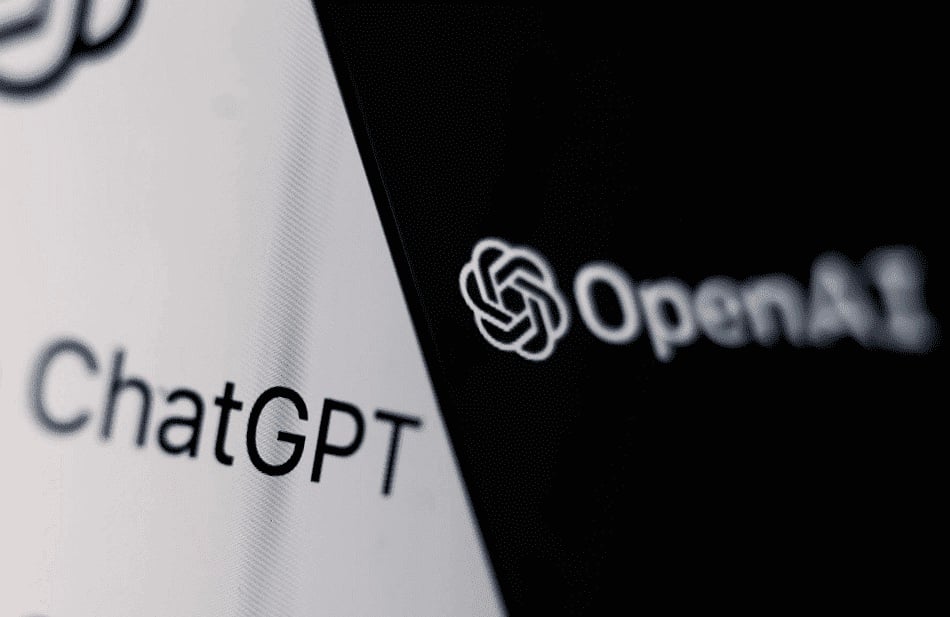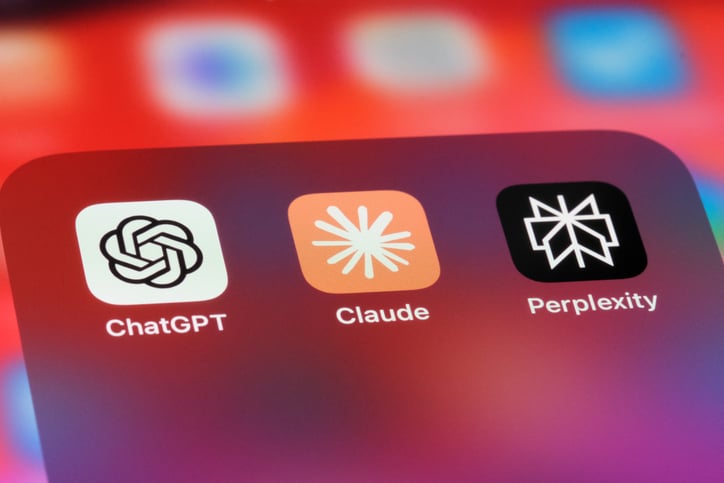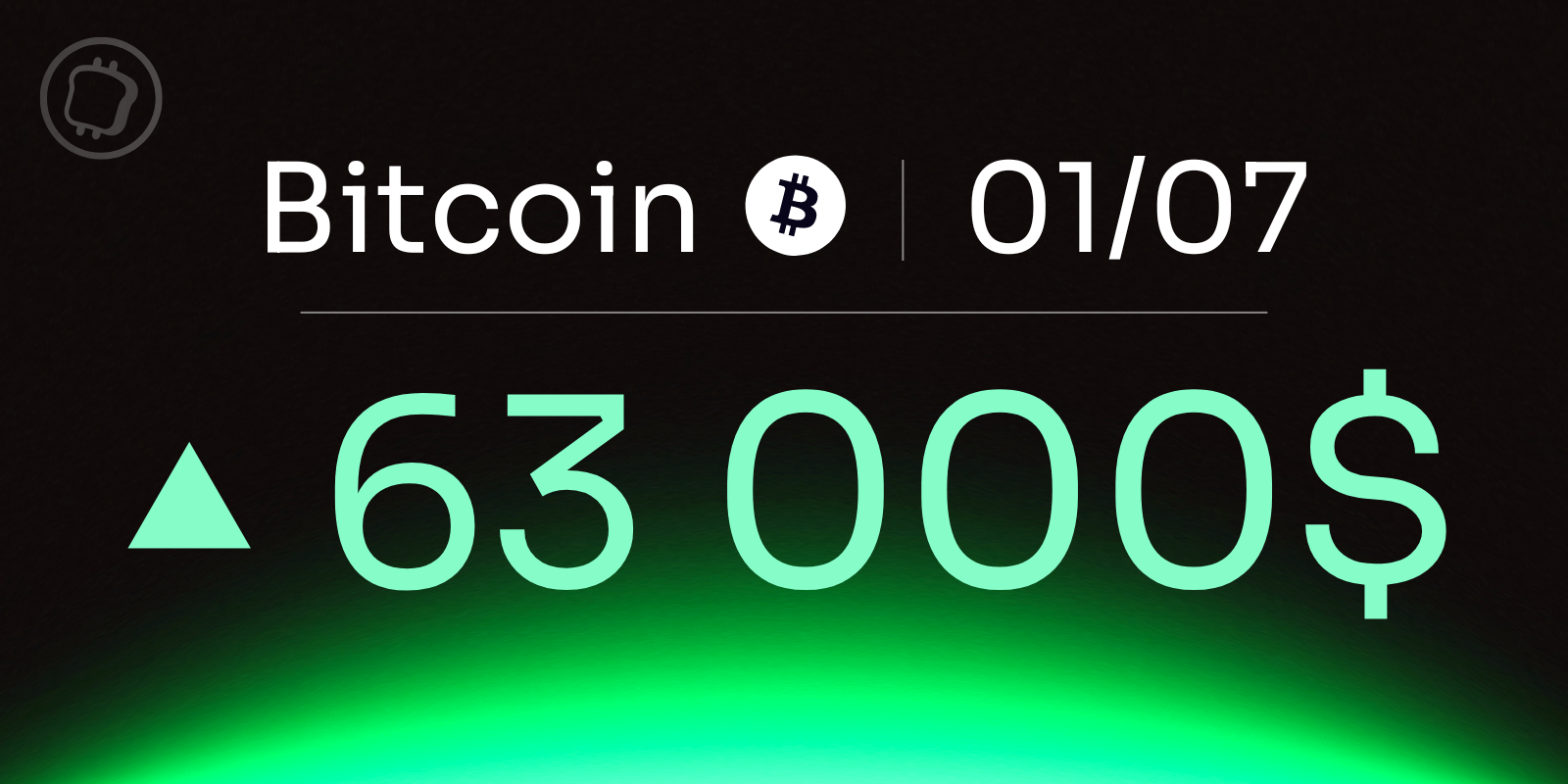The days of blurry Tatort and Tagesschau images and pixelated football matches during the European Championship will soon be a thing of the past. For more than a decade, households in Europe were able to receive ARD in SD and HD. But from next year, ARD will stop broadcasting the outdated SD format for cost reasons. In the worst case, some households will then have to buy a new receiver – the price is currently 30 euros.
Around 17 million people in Germany watch television via satellite. Homeowners in particular rely on this technology because they do not need an additional cable connection. Homeowners' associations and property management companies also use it. The satellite dish is on the roof, and in apartment buildings the transmission takes place via a central distributor.
An estimated one million people watch ARD via the old SD version. Most of them are older people who watch the programs on tube TVs and old satellite receivers. They have to switch to the new technology.
In the best case, purchasing a new receiver is sufficient. This must be HD-capable. When purchasing, consumers should make sure that the receiver is labeled DVB-T2 HD. Important to know: All ARD programs are unencrypted and freely available in HD quality. An additional subscription is not required.
How do I check if I am affected?
Households should always check whether the receiver or receiving device is HD capable. There are three ways to test this:
- What does it say on the receiver? Does it say HD or DVB-T2HD?
- Search the channel list. Is there already a channel that you can receive in HD? You can recognize the channel by the HD abbreviation in the logo or by the channel name in the channel list.
- Search manually for the ARD HD channel: Go to the ARD SD channel. Open the settings and look for the “manual channel search” option under “satellite settings”. Now enter the following frequency under ASTRA 19.2 degrees: Transponders 19, 11,494 MHz, horizontal Alignment, symbol rate: 22,000 and FEC 2/3Normally you should now have a full signal. Start the search. “Das Erste HD” should now appear on the list. If this is not the case, you probably need a new receiver.
How do I know if I am receiving TV in HD or SD?
The ARD will gradually activate a ticker on its SD channel. From January 2025, a channel search will have to be started in order to continue to be able to watch the channel.
HD channels have a clear TV signal. You can also see HD in the logo (usually top right). In Germany, most TV channels are currently offered in SD and HD. Pay attention to the channel logos. ARD shows the abbreviation “HD” in the corners in addition to the logo.
exceptions are
- Hessischer Rundfunk (hr)
- Central German Broadcasting (MDR)
- North German Broadcasting (NDR)
- Phoenix
- Radio Bremen
For these channels, the HD add-on does not appear on the screen. However, it is shown in the channel list. If the HD add-on is missing from the channel list, you will only see the program in standard quality.
Do I need a new TV?
No.
If you receive television via a satellite dish on the roof and have an old tube TV, you do not have to buy a new TV straight away.
The main problem between new and old technology is the connection. Newer satellite receivers only have a so-called HDMI connection. Older televisions, however, use a Scart connection. “Households then have to buy a converter. This costs around 20 euros,” says Lukas Neumann, a television technician from near Aalen. “But we often have customers who then have distorted images.” Whether a new television is necessary depends on the individual case.
Why is ARD changing?
As early as 2016, the Commission for the Determination of the Financial Requirements of Broadcasting Organizations (KEF) had asked the ARD to stop broadcasting in SD. Since 2019, the SD costs have no longer been included in the KEF's financial planning.





